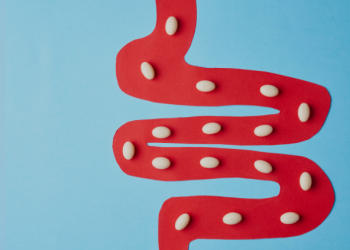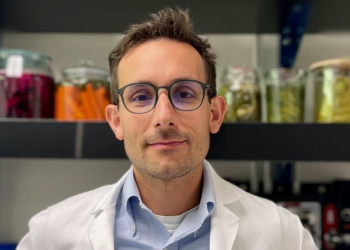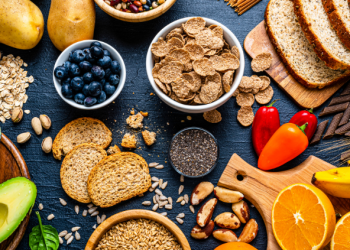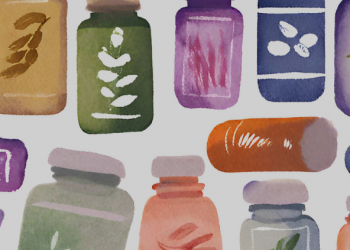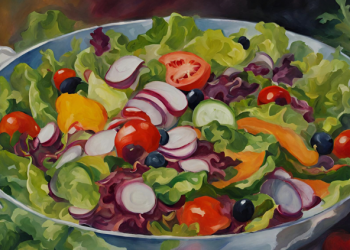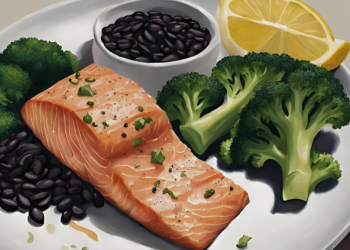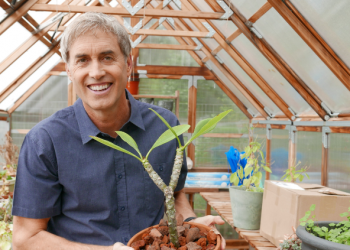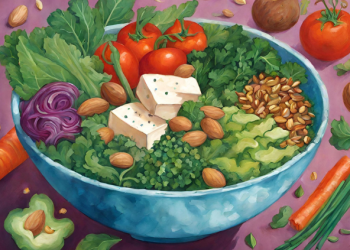How Joy is Linked to Gratitude and Well-being
By Donovan Giang

This blog is part of our Gratitude & Reflection newsletter. If you like this content, sign up to receive our monthly newsletter!
With the holiday season upon us, the spirit of joy is in the air. From magazine advertisements of happy families having a delicious meal to hearing Christmas carols in department stores, we are constantly being fed the message that we should be joyful at this time of year. However, if we are not feeling joy, these messages can be a continual reminder of what we are missing, often making us feel worse.
Luckily, researchers such as Akivah Northern, DSci (c), MDiv member of the Stanford Lifestyle Medicine Gratitude and Reflection pillar, explore different ways to experience and cultivate joy in our lives. Northern is a chaplain, doctoral candidate at Loma Linda University and she received her Masters of Divinity from Yale University. Her dissertation research is a Stanford IRB approved study, exploring medical students’ joys and challenges as they were expressed during Reflection Rounds, a required course for medical students taking their core clinical clerkships at Stanford School of Medicine. Northern co-facilities Reflection Rounds with Bruce Feldstein, MD, BBC who brought Reflection Rounds to Stanford seven years ago.
“We know that medical students are challenged, however less is spoken about their joys, which are equally as important,” says Northern. “Joy in medicine is an ancient aspiration that dates back to the fourth-century Hippocratic Oath, which is still taken by physicians today. Experiencing joy as a physician is part of the very foundation of medicine, so it is essential to cultivate it as medical students begin working with patients.”
So, how does one define joy? In Hebrew and Greek, joy has many meanings, such as delight, exaltation, rejoice, gladness, cheer, exuberance, and triumph. Northern shares that during challenging times, feelings of sorrow and grief are valid and a natural part of the human experience.
“There are times when life brings us situations when we have to lament, but we don’t have to stay there ,” she says. “There are so many different types of joy, such as received joy, divine joy, announcing joy, profit joy, fruit of the spirit joy, and jumping for joy, joy! So, even during hard times, we can choose to savor the myriad of joys and intentionally create reasons for joy.”
Joy Linked to Gratitude
In exploring joy, researchers examined the relationship between joy and gratitude. This study consisted of self-report measures from university students. To measure joy, the researchers used scales developed within the study, such as the State Joy Scale and the Dispositional Joy Scale. To quantify gratitude, the researchers used scales of Dispositional Gratitude, a Gratitude Questionnaire, and a Gratitude, Resentment, and Appreciation Test. These self-report measures found that joy can increase gratitude and gratitude can increase joy, suggesting an “intriguing upward spiral” between the two.
“Research linking positive emotions like joy and gratitude to well-being is vital for patients as well as for healthcare providers,” says Northern. “For example, preliminary results from my research showed that medical students’ expressed joy when they were grateful for teachers, peers, and for the profession of medicine, but especially for their patients”
Looking at her data, Northern found that in 30 expressions of joy by medical students, 17 were associated with gratitude. For example, one medical student expressed joy as gratitude for being “deeply honored” to have met and had “easy, comfortable conversations” with a patient, his spouse and family. Another student expressed joy as appreciation for the way his physician mentor engaged with a patient, describing the interaction as “beautiful and wonderful.” The student appreciated seeing the physician be present with the patient, admiring the quality of the physician’s presence and the “commonality” the physician and patient shared. A third medical student expressed that although she could not deliver medical care to a distraught patient with overwhelming life stressors, she still felt joy because “ultimately, just being a listening human was the number one therapy delivered that day.”
“A surprising finding from the research was when medical students’ expressed joys and challenges simultaneously, they often had a breakthrough to a discovery or new joys and insights,” says Northern. “When we allow joys and challenges together, we become more resilient and emotionally buoyant, and often something new emerges from the experience.”
Joy Linked to Well-being
In recent years, joy has become an object of study in the humanities and medicine. Joy, as a positive emotion, has consistently been suggested to be a key aspect of well-being in the field of positive psychology. Martin Seligman, the founder of this field, developed the PERMA+ Model. The “P” in PERMA+ stands for positive emotion (joy, gratitude, and optimism), the “E” for engagement, the “R” for relationships, the “M” for meaning, the “A” for accomplishments, and the “+” for other elements beyond these.
In further research on joy as a positive emotion, researchers conducted a study to examine the pre-existing strategies individuals use to maintain high levels of positive emotion. To measure the strategies the participants (university students) used, the researchers applied an Emotion Regulation Profile to categorize participant reactions to hypothetical situations. One result from this study found that mindfulness (being present in the moment) was positively correlated with positive affect.
Another way positive emotions (including joy) increase well-being at the physiological level is by increasing one’s resilience. In this study, university students prepared a short speech, which served the purpose of stimulating a stress response. Using cardiovascular measures (to gauge the stress response), ambient mood and emotion measures, and psychological resilience measures, the researchers found that positive emotions hastened cardiovascular recovery (a lower amount of time needed to return to baseline cardiovascular measures, including heart rate and finger pulse data) after the experimental stressor.
Another study examining the influence of positive emotions on physiological stress processes was the first to demonstrate that gratitude and thankfulness can buffer against the negative effects of acute stress on cardiovascular responses.
“Even in stressful times, joy can be a choice,” says Northern. “Even in a hard situation, we can look for joy. Even if we can’t see the joy currently, we can anticipate the joy that may come in the future from accepting the challenge, resolving it or reframing our understanding.. When we choose to approach challenges in the company of joy and hope, we are investing in our own well-being and our future.”


